We may earn money or products from the companies mentioned in this post. This means if you click on the link and purchase the item, I will receive a small commission at no extra cost to you ... you're just helping re-supply our family's travel fund.
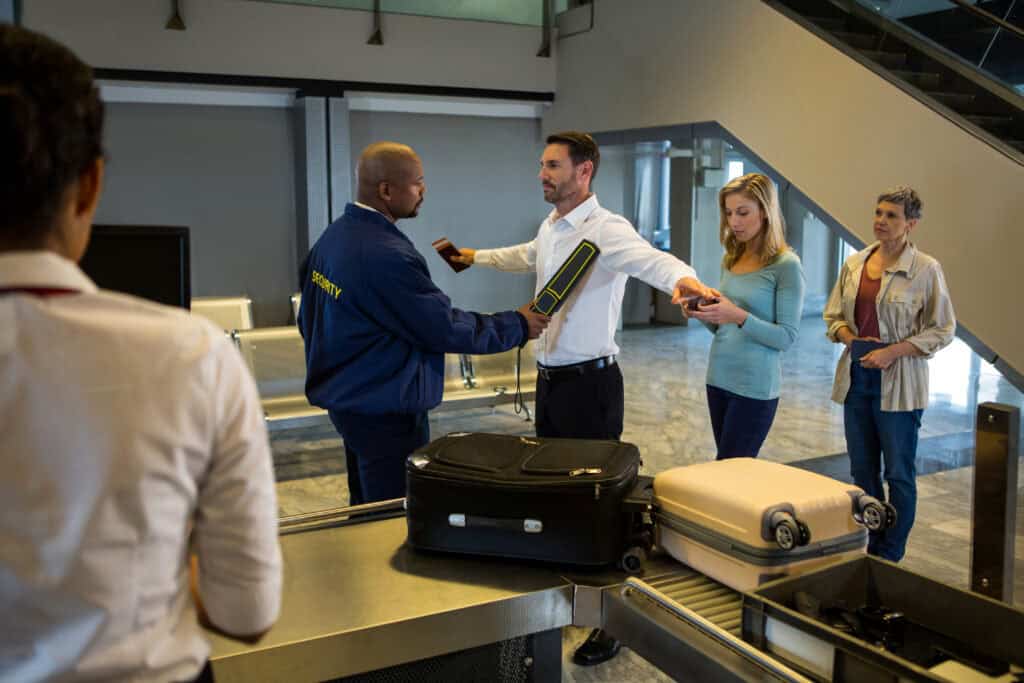
Airports look predictable until a small assumption ruins the flow. People breeze through checkpoints believing they know the rules, yet every airport and country interprets them a little differently. Most mistakes aren’t reckless, just habits like packing the wrong bottle, missing a declaration, or assuming technology handles everything. Knowing where travelers slip up saves time, money, and the awkward moment when a uniformed officer asks for a bag check.
Overpacking Liquids And Gels
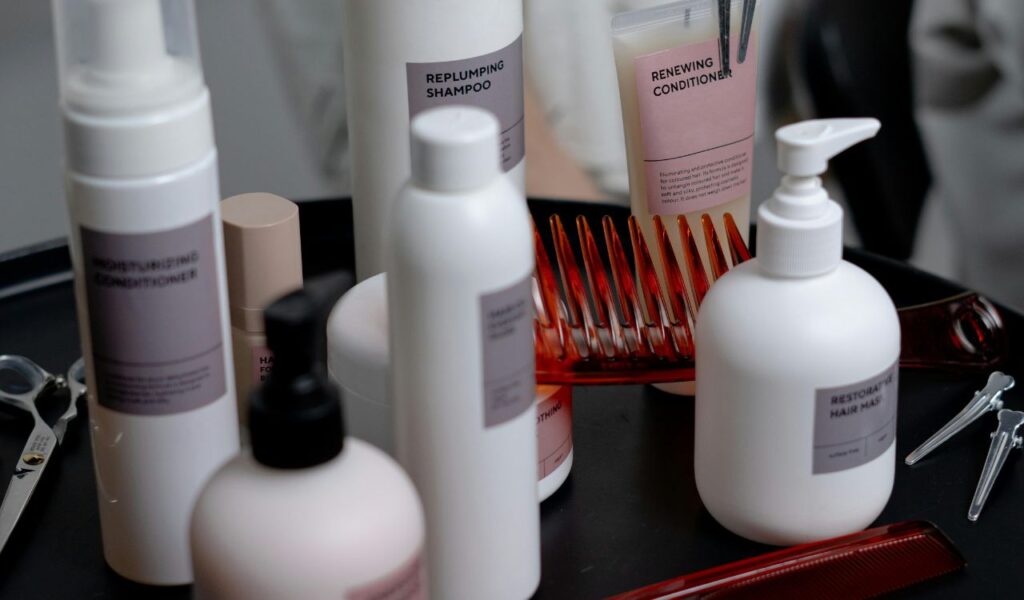
The 3-1-1 rule trips up even frequent flyers. Anything liquid, creamy, or gel-like must fit in containers no larger than 3.4 ounces, all placed in one clear quart-size bag. It doesn’t matter if the bottle is half-empty because security checks the printed volume, not the contents. Toothpaste, mascara, and peanut butter count too. Sorting before leaving home keeps a simple routine from turning into a bin full of confiscated toiletries.
Leaving Electronics Packed For Screening
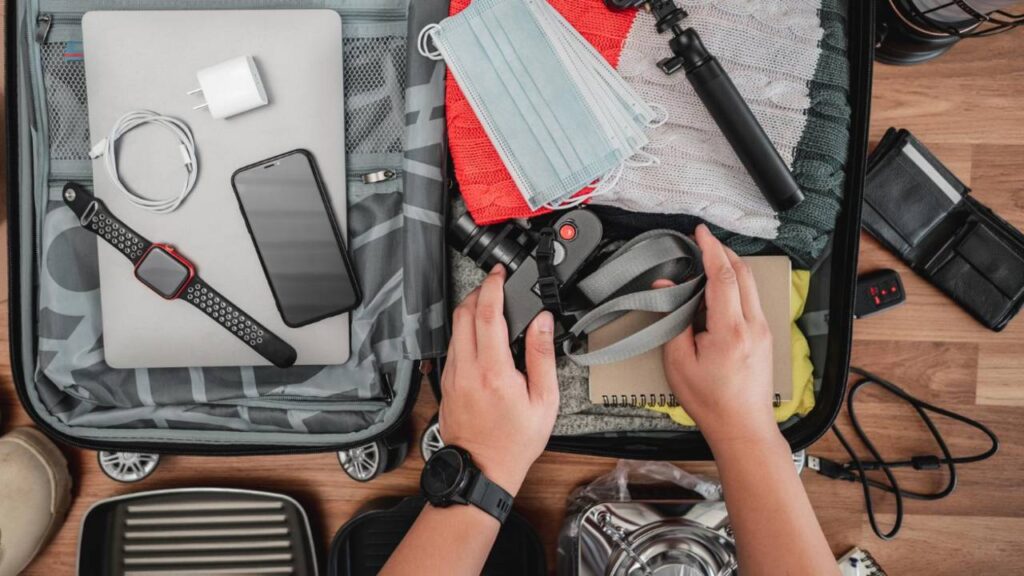
Laptops and tablets often need their own bins during screening, unless a traveler has TSA PreCheck or is at an airport with advanced scanners. Leaving devices in a crowded bag looks suspicious on an X-ray and usually leads to a full inspection. It helps to keep electronics near the top of a carry-on so they can be pulled out in seconds. Organized travelers glide through while the unprepared juggle cables and shoes under pressure.
Ignoring Shoe And Clothing Rules
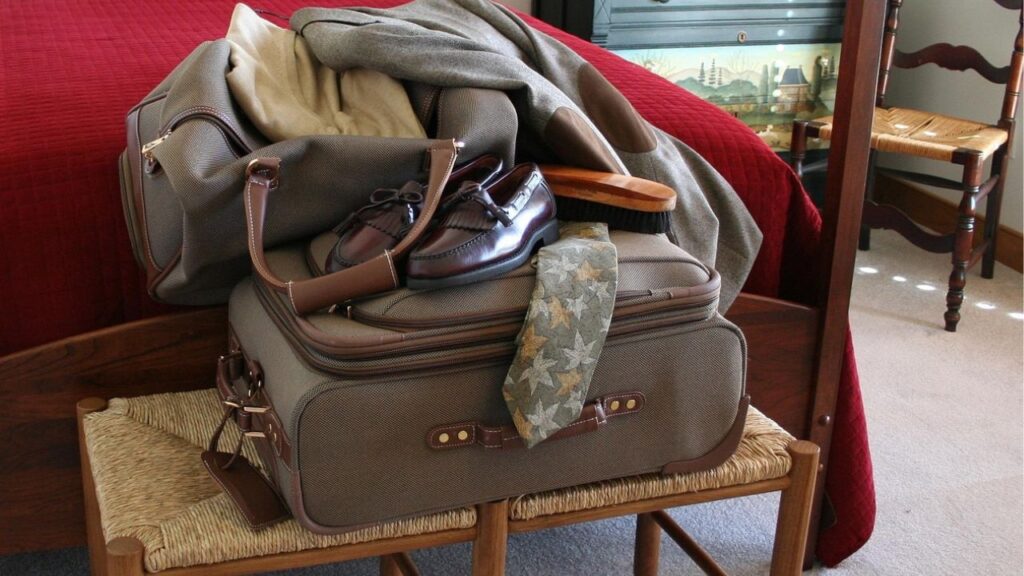
Airport fashion sometimes fights practicality. Shoes with complex laces, heavy boots, and belts with large buckles slow everyone down. Unless using an expedited lane, most passengers still remove footwear and jackets. Metal jewelry and watches often trigger alarms too. Choosing slip-ons, simple layers, and minimal accessories saves minutes and avoids awkward line holds while fumbling with buckles or tangled scarves.
Misplacing Batteries And Sharp Tools
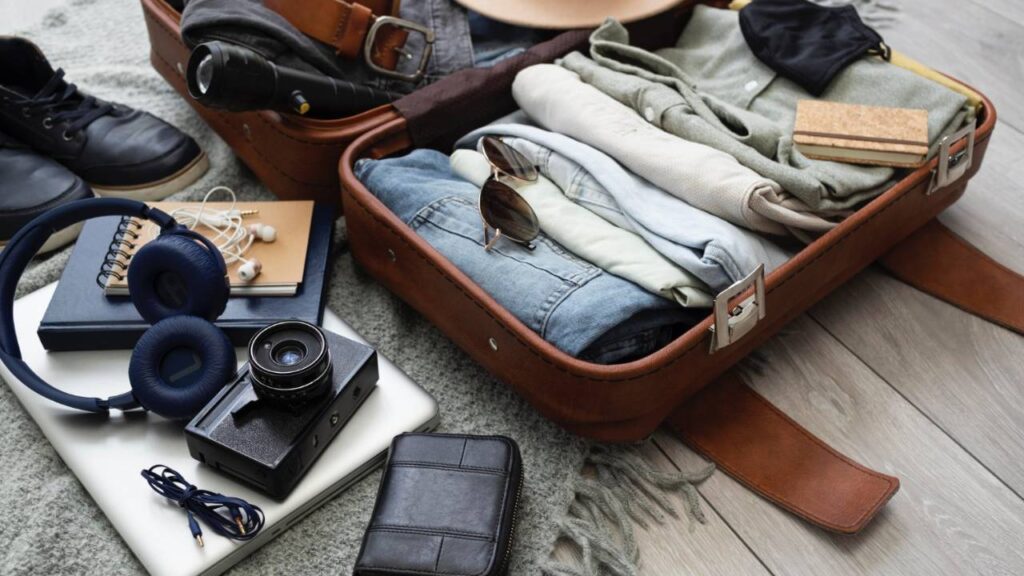
Batteries are easy to overlook but carry strict rules. Lithium-ion spares must ride in carry-ons, not checked luggage, because of fire risks in cargo holds. Loose batteries should be taped or stored in original packaging to prevent short circuits. The same goes for small tools like multi-tools, pocket knives, and scissors with blades longer than four inches. Keeping gear separate prevents arguments at the checkpoint and protects electronics.
Failing To Declare Agricultural Goods

Fruit, seeds, meat, and plants fall under agricultural control, even when sealed. Customs officers don’t care if it’s a gift or from duty-free; what matters is pest prevention. Fines are steep, and undeclared food often ends up confiscated. It’s smarter to declare and let agents decide what’s safe. A short conversation at inspection beats a long one in a side room with wasted groceries.
Incorrect ID Or Passport Assumptions
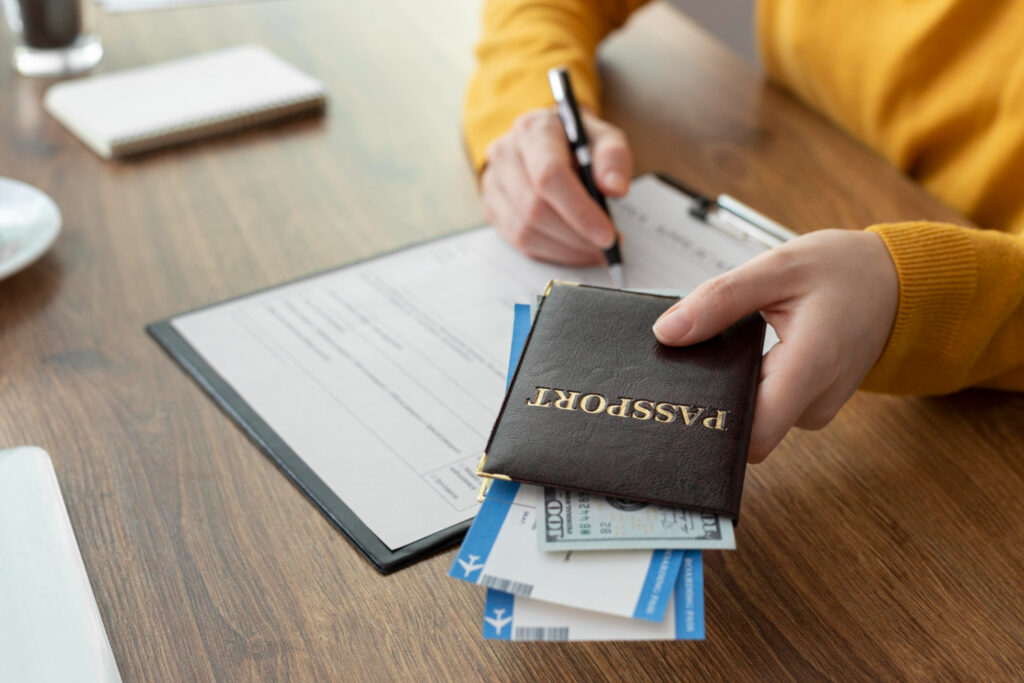
A driver’s license won’t open every gate. Domestic flights accept government-issued photo IDs, but international trips demand a valid passport with no exceptions. Expired documents, nicknames, or mismatched ticket names lead to secondary screening or denied boarding. Real ID requirements also vary by state, so checking in advance avoids last-minute panic. Keeping both a passport and a digital copy nearby is a smart safeguard.
Relying On Fast Lanes Incorrectly

TSA PreCheck, Global Entry, and CLEAR make lines shorter, not optional. Enrollment doesn’t cover every airline or every airport, and some terminals mix standard and expedited screening without warning. Travelers who assume they’re exempt often find themselves redirected mid-line. Confirming status before travel and arriving a bit early keeps stress low. Privilege doesn’t always mean exemption.
Not Declaring Large Sums Of Cash

Carrying more than $10,000 in cash or negotiable instruments requires a declaration form when entering or leaving the U.S. Forgetting or hiding funds can result in seizure or questioning. It’s not illegal to travel with money, but transparency matters. Bringing documentation for business funds or large withdrawals helps prove intent. Quiet honesty at customs is faster than explaining missing bills later.
Misjudging Carry-On Size And Gate Rules

Carry-on rules change with the plane. A bag that fits one overhead bin might not fit on a smaller regional jet, and attendants can require gate checks without warning. Hard-shell luggage is risky since it can’t compress under seats. Always check the airline’s posted dimensions and pack a smaller personal bag for valuables and essentials. That backup saves frustration when your main case disappears into cargo.
Mishandling Medications And Medical Devices

Prescription drugs, syringes, and medical devices deserve extra care. All should stay in original containers, ideally with a doctor’s note if liquids exceed the standard limit. TSA allows exceptions, but they must be declared at the start of screening. Devices like CPAP machines or insulin pumps often need visual inspection. Being upfront saves time and protects essential gear from rough handling or confusion.